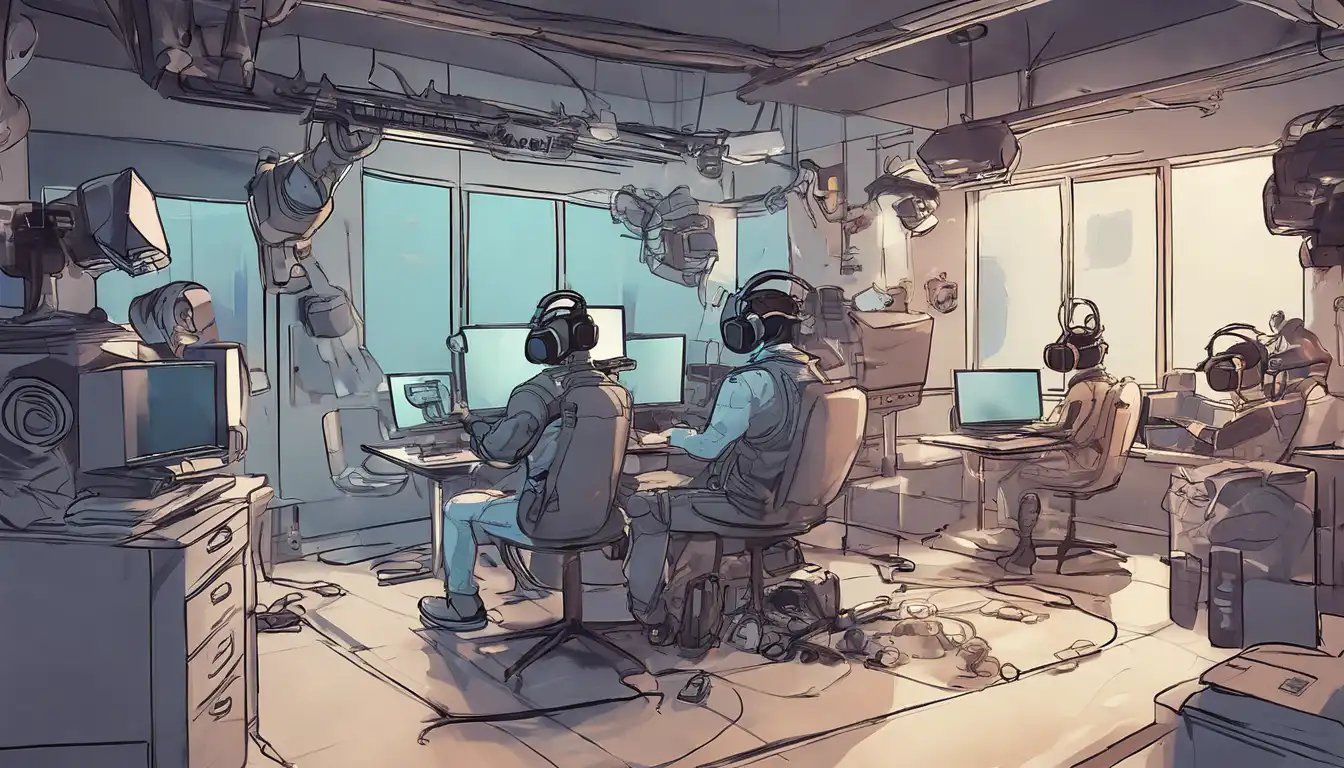Introduction to Virtual Reality Development
Virtual Reality (VR) development is an exciting field that combines creativity with technology to create immersive experiences. Whether you're interested in gaming, education, or training simulations, VR offers endless possibilities. This guide will walk you through the basics of getting started with VR development.
Understanding the Basics of VR
Before diving into development, it's essential to understand what VR is and how it works. VR creates a simulated environment that users can interact with in a seemingly real or physical way. This is achieved through the use of VR headsets and controllers that track the user's movements and adjust the virtual environment accordingly.
Choosing the Right Tools and Software
There are several tools and software options available for VR development. Some of the most popular include Unity and Unreal Engine, which are both powerful game engines that support VR development. Additionally, you'll need a VR headset for testing your projects. The Oculus Rift, HTC Vive, and Valve Index are among the top choices for developers.
Learning the Fundamentals of VR Development
To start developing VR applications, you should familiarize yourself with the basics of 3D modeling, programming, and user interface design. Many online resources and tutorials can help you learn these skills. Websites like Udemy, Coursera, and the official documentation for Unity and Unreal Engine are great places to start.
Building Your First VR Project
Once you've got the basics down, it's time to start building your first VR project. Begin with something simple, like a virtual room that users can explore. This will help you understand the principles of VR development without becoming overwhelmed. As you become more comfortable, you can start adding interactive elements and more complex environments.
Testing and Iterating
Testing is a crucial part of VR development. You'll need to test your projects frequently to ensure they're comfortable and enjoyable for users. Pay attention to performance issues, such as frame rate drops, which can cause motion sickness. Gathering feedback from testers can also provide valuable insights for improving your project.
Publishing and Sharing Your Work
After perfecting your VR application, consider publishing it on platforms like SteamVR or the Oculus Store. Sharing your work with the community can lead to valuable feedback and opportunities for collaboration. Remember, VR development is a rapidly evolving field, so staying engaged with the community is key to keeping your skills sharp.
Conclusion
Starting with VR development can seem daunting at first, but with the right tools and resources, anyone can begin creating immersive virtual experiences. By following this guide and continuously learning and experimenting, you'll be well on your way to becoming a proficient VR developer. For more insights into VR and other emerging technologies, check out our technology section.
